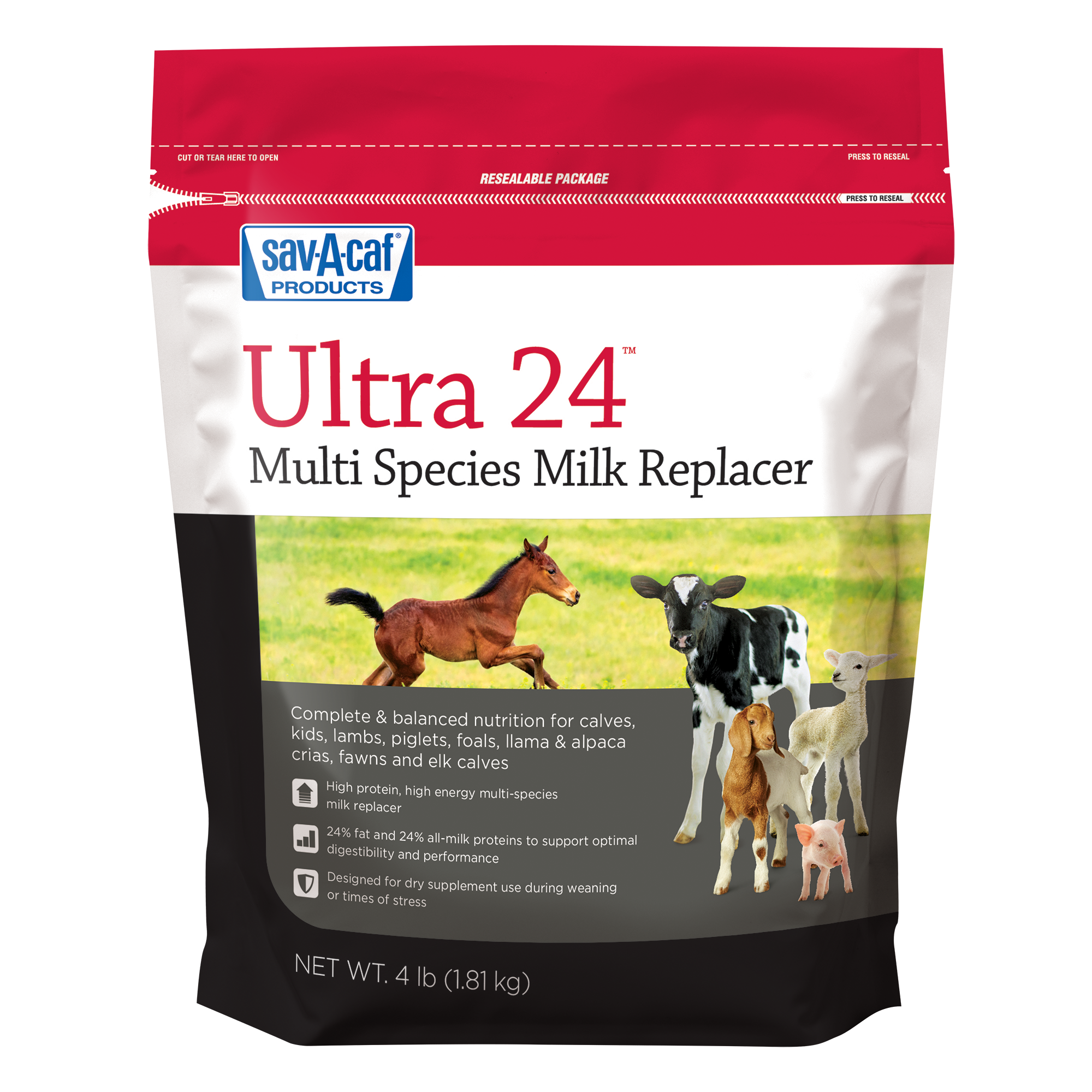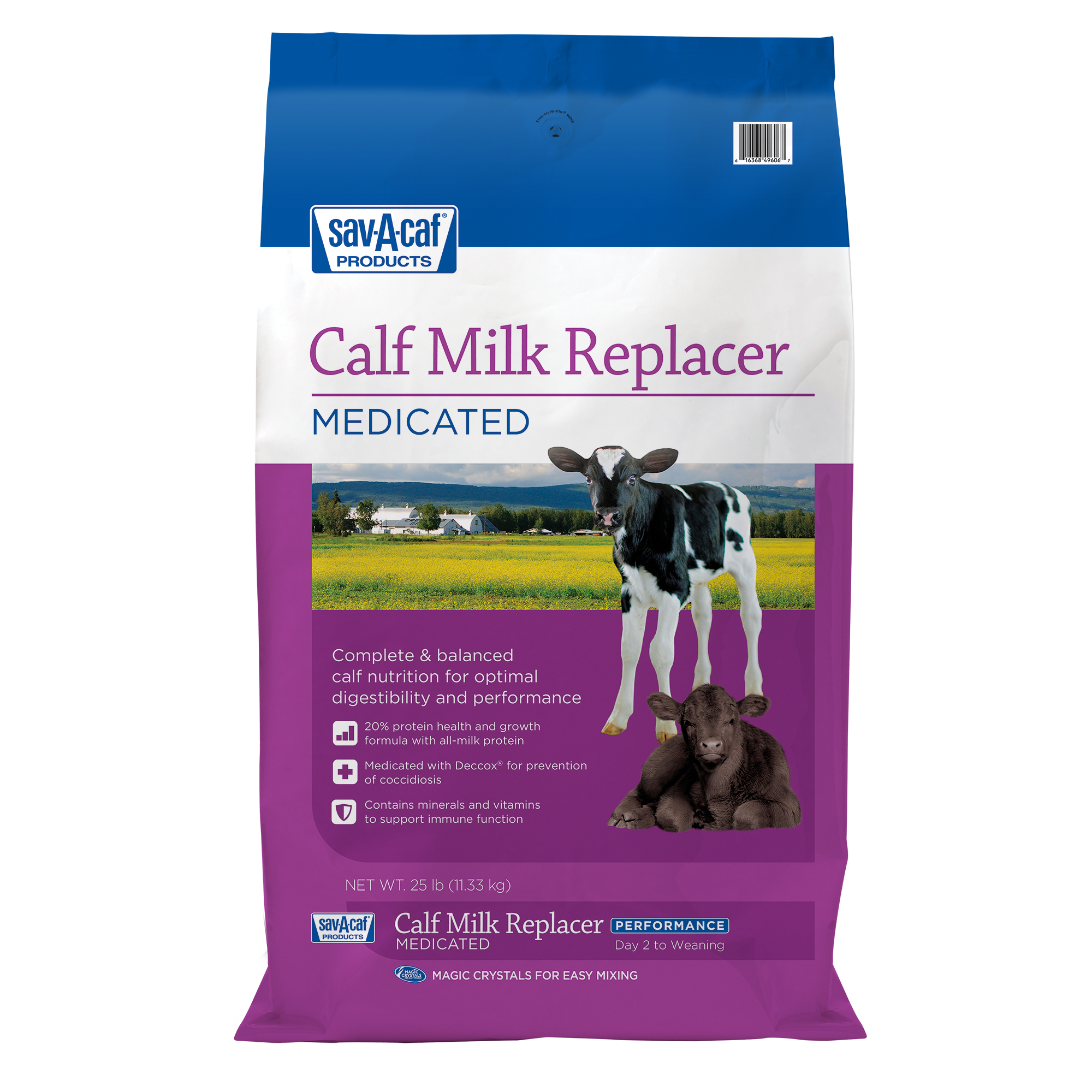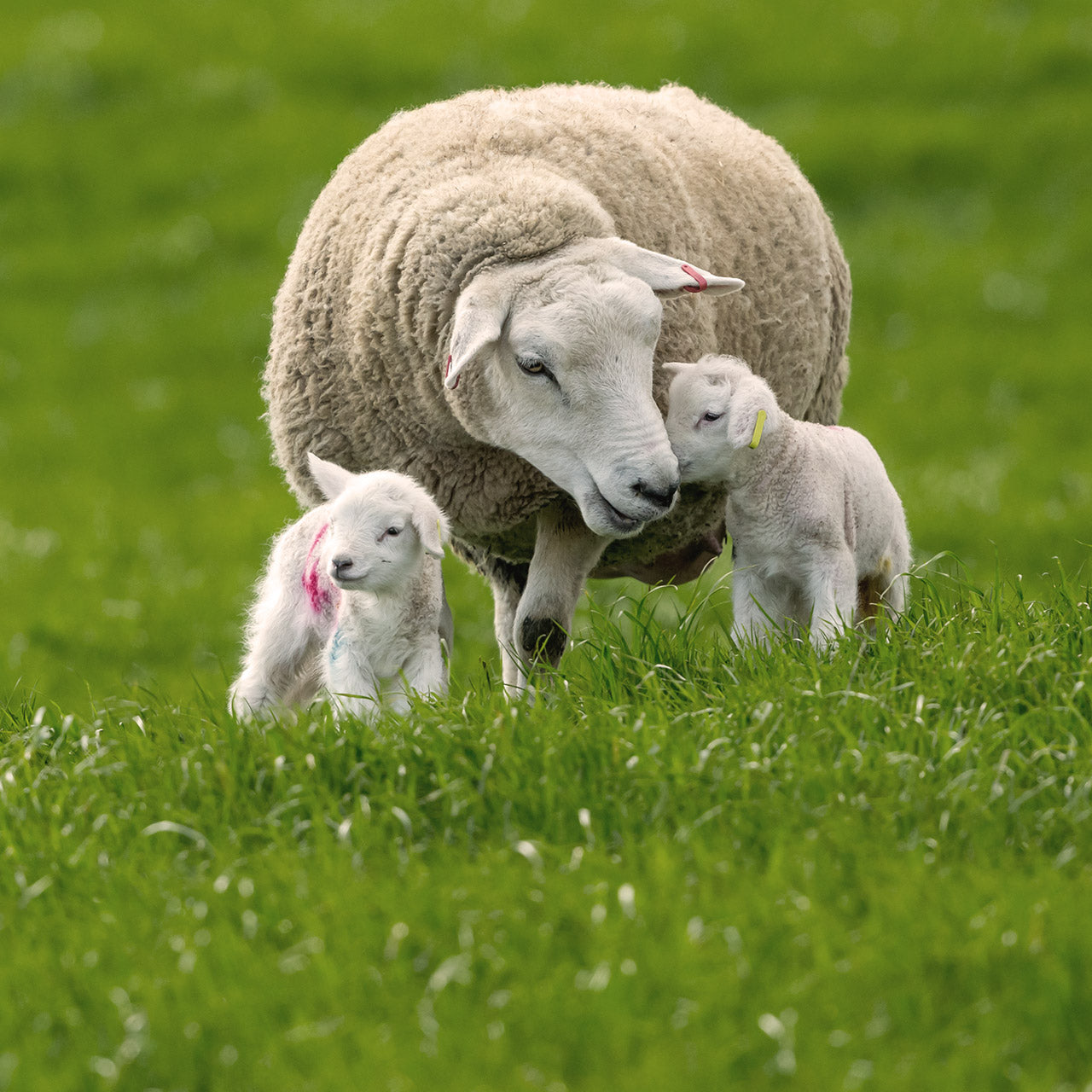
4 Colostrum feeding tips to prepare for lambing
Time is of the essence when it comes to getting your newborn lambs off to a strong start. The first couple hours following birth are critical to a newborn lamb’s long-term health and performance. Colostrum plays an essential role during this time frame.
Newborn lambs rely on colostrum to provide antibodies necessary to build immunity. Antibodies are best absorbed within the first couple hours after birth, making it essential for newborns to receive colostrum right away.
Newborn lambs not only rely on colostrum for antibodies, they also rely on it for energy. They are born with a short supply of brown fat that provides some initial energy, but once the fat is depleted, they are completely dependent on what they consume, which starts with colostrum.
Here are some colostrum feeding tips to ensure your newborn lambs get the antibodies and energy they need:
1. Test ewes before lambing
Colostrum from the ewe should be the first choice when feeding newborn lambs because it contains antibodies specific to her flock and surroundings. However, there are some situations where ewe colostrum should not be fed. Work with your local veterinarian to determine your herd health needs ahead of lambing season.
2. Get newborn lambs nursing promptly
Timing is critical. Colostrum antibody concentration in the ewe’s udder diminishes over time as well as the newborn lamb’s ability to absorb antibodies. Encouraging the lamb to nurse within the first two hours1 allows the newborn to receive higher quality ewe colostrum and helps them to absorb antibodies.
Lamb colostrum requirements:
- Newborn lambs should receive a volume of ewe colostrum equal to 10% of their body weight in the first two hours. For example, a 5-pound lamb should consume 1/2 pound or 8 fluid ounces of colostrum.
- An additional colostrum feeding within 12 hours of 4-8 fluid ounces can be offered to newborn lambs to ensure the best chance for absorption of antibodies.
- If newborn lambs don’t start nursing within two hours, consider hand milking the ewe and provide ewe colostrum to the lamb from a bottle. If the lamb doesn’t have adequate colostrum, then feed a lamb colostrum replacer formulated specifically for lambs.
When raising lambs, it’s a good idea to keep lamb colostrum replacer on hand. By being prepared for lambing season, you’ll ensure newborn lambs receive the essential nutrients they need for a strong start.
3. Know how to feed lamb colostrum replacer
Make sure you’re prepared to use lamb colostrum replacer. Familiarize yourself with the package feeding directions. Lamb colostrum replacer should be fed by bottle according to birth weight and package directions.
Here are a few extra tips:
- Measure powder by weight using a scale. Weight is more accurate than measuring by volume with a scoop or cup.
- Feed the mixed colostrum replacer at 104 degrees Fahrenheit i.e., lamb body temperature to encourage consumption.
- Quickly cool unused colostrum replacer solution, refrigerate and discard after 24 hours.
If needed, lamb colostrum replacer can also be used as a supplement. In the case of multiple births or when ewe colostrum quantity is in question, lamb colostrum replacer can be fed as a supplement in addition to nursing.
4. Transition to lamb milk replacer, if needed
If your newborn lamb is not nursing effectively after 24 hours, lamb milk replacer will provide the balanced nutrition it needs for growth and development. Milk or milk replacer will be the primary source of the lamb’s nutrition until weaning.
Choose a milk replacer specifically formulated for lambs to provide the optimal blend of energy – carbohydrates and fat – protein, vitamins and minerals. When bottle-feeding lambs, offer four to six feedings per day. Smaller, more frequent feedings will increase digestibility and minimize digestive upset. Be sure to follow the mixing and feeding instructions to provide proper nutrition.
Now that you’re up to speed on all things colostrum, learn more about what to look for in a lamb milk replacer.
Find Solutions for Your Animals
-
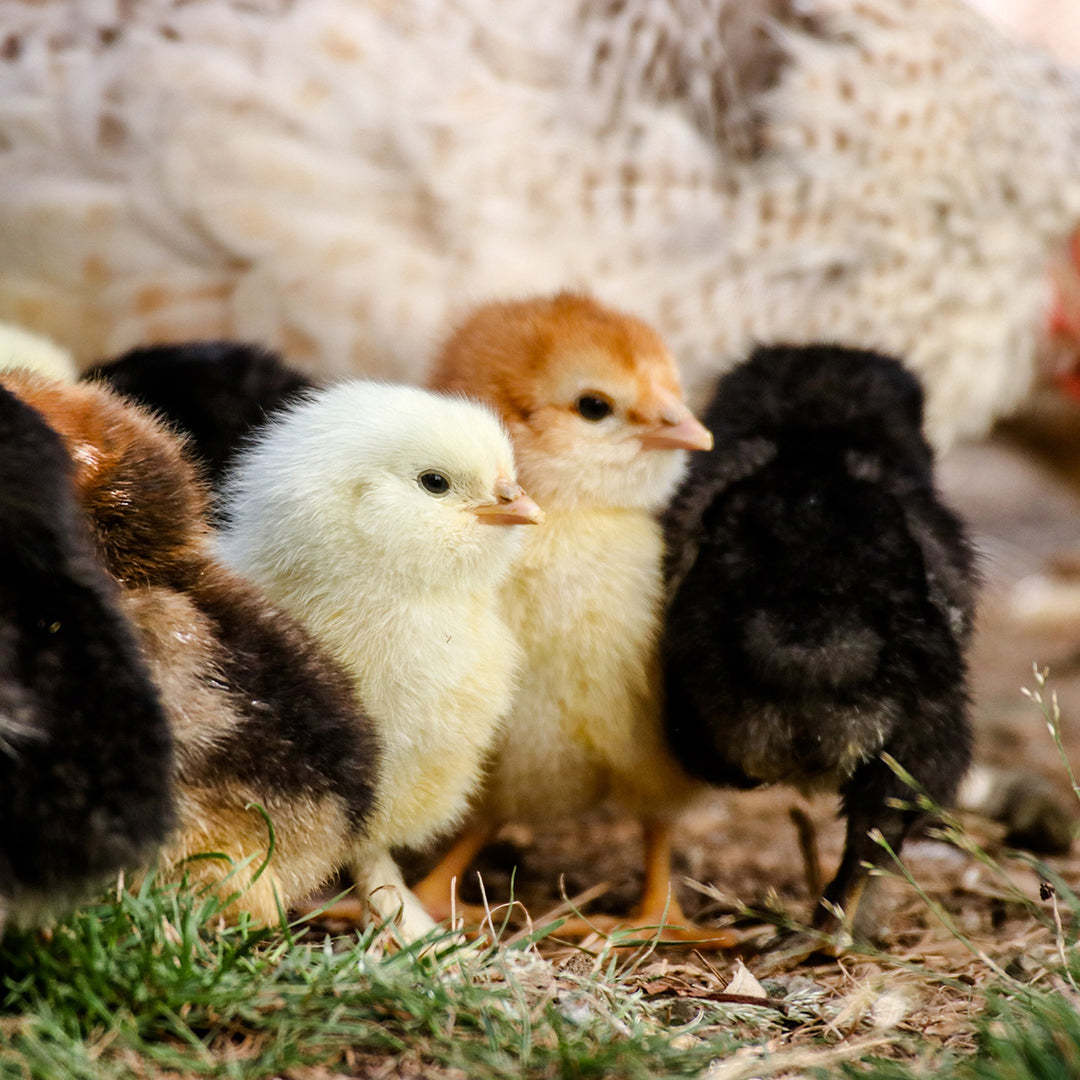
Whether housed in a coop or free ranging on your farm, your birds are exposed to multiple threats every day that could cause illness or impact their well-being. Now there’s a way to be more proactive with regular support for...
-
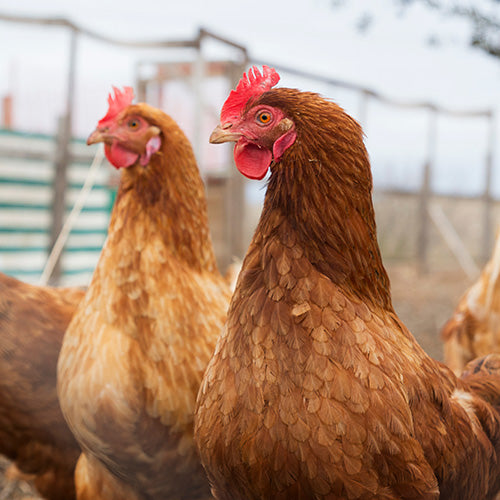
You’ve raised your chicks to adulthood and now they’re fully feathered hens. Way to go! Now, you get to enjoy their eggs and companionship for years to come. To maximize their life, support their production potential and kee...

